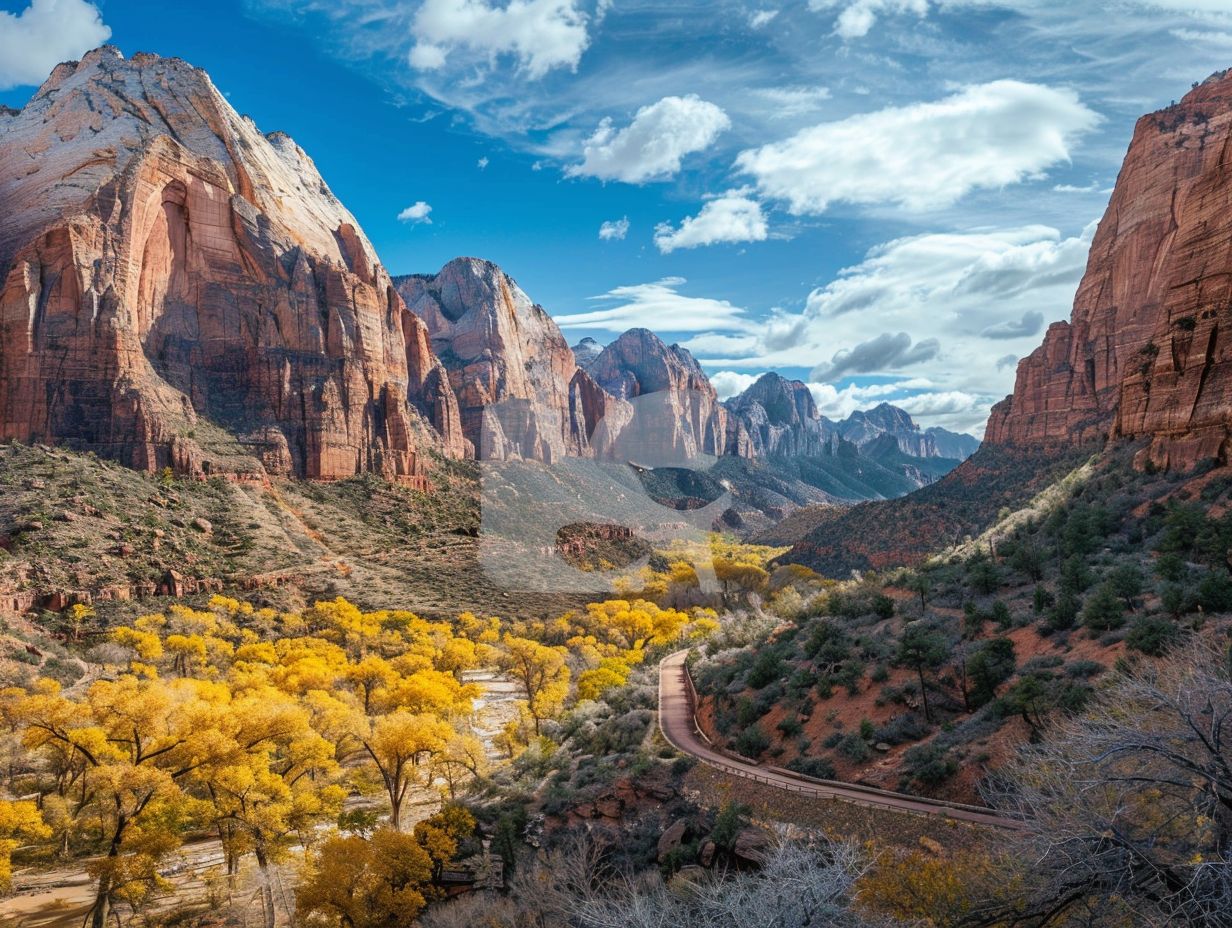Zion National Park is a stunning natural wonder, but it can also be a dangerous destination for state park touring enthusiasts. From the risk of dehydration and toxic cyanobacteria in the rivers to the threat of wildfires and campfires, there are several hazards that visitors need to be aware of. However, with proper precautions, these risks can be mitigated, and you can enjoy the park’s breathtaking landscapes safely.
Dehydration and Toxic Cyanobacteria
One of the primary dangers in Zion National Park is the risk of dehydration. The park’s dry climate can quickly lead to water loss, especially for those engaging in strenuous activities like hiking. It’s crucial to bring enough water and stay hydrated throughout your visit.
Additionally, the rivers in Zion National Park may contain toxic cyanobacteria, which can be harmful if ingested or if your head is submerged in the water. To avoid this risk, it’s important to avoid drinking or submerging your head in any of the park’s rivers.
Wildfires and Campfires

Wildfires are another significant concern in Zion National Park. The dry, arid climate and abundant vegetation make the park highly susceptible to fire. Visitors should be aware of the current fire danger level and any fire restrictions in place.
Campfires are allowed in metal campfire rings, but they are never permitted in the Zion Wilderness. Fireworks are always prohibited within the park. It’s crucial to exercise caution when using campfires and to ensure they are fully extinguished before leaving the area.
Hiking Alone
Hiking alone in Zion National Park can increase the risk of accidents and emergencies. If you plan to hike solo, it’s essential to tell someone where you’re going, bring enough water and food, and consider carrying an emergency satellite device if you’ll be in areas without cell signal.
Dangerous Trails and Locations
Zion National Park has several trails and locations that are particularly dangerous for visitors. These include:
- Observation Point: This trail is known for its high elevation, steep terrain, and susceptibility to flash floods.
- Hidden Canyon Trail: This trail features narrow, exposed sections and can be treacherous in wet conditions.
- Slot Canyons: These narrow, winding canyons can be dangerous due to the risk of flash floods and the potential for getting trapped.
- Emerald Pools: The pools and waterfalls in this area can be slippery and dangerous, especially during high water flow.
- Angels Landing: This iconic trail is known for its steep, exposed sections and can be particularly hazardous for those with a fear of heights.
Zion-Mount Carmel Tunnel
The Zion-Mount Carmel Tunnel is another potential hazard in the park. This narrow tunnel can be challenging for oversized vehicles, which require one-way traffic control by park rangers to pass through safely.
Emergency Preparedness
In the event of an emergency, it’s crucial to know how to contact the park’s emergency dispatch center. The number to call is (435) 772-3322.
By being aware of the potential dangers in Zion National Park and taking the necessary precautions, state park touring enthusiasts can enjoy the park’s stunning landscapes safely and responsibly.

